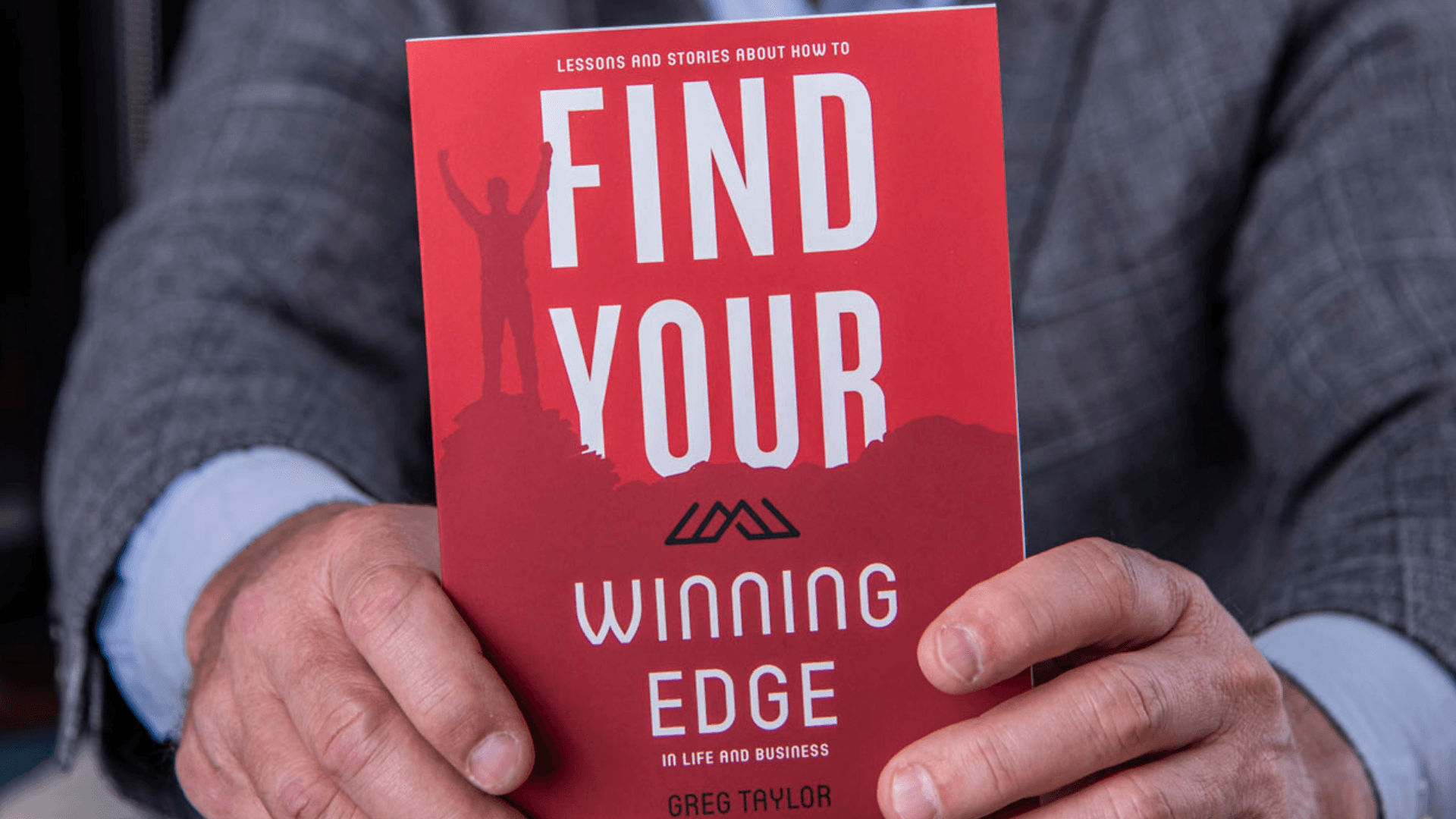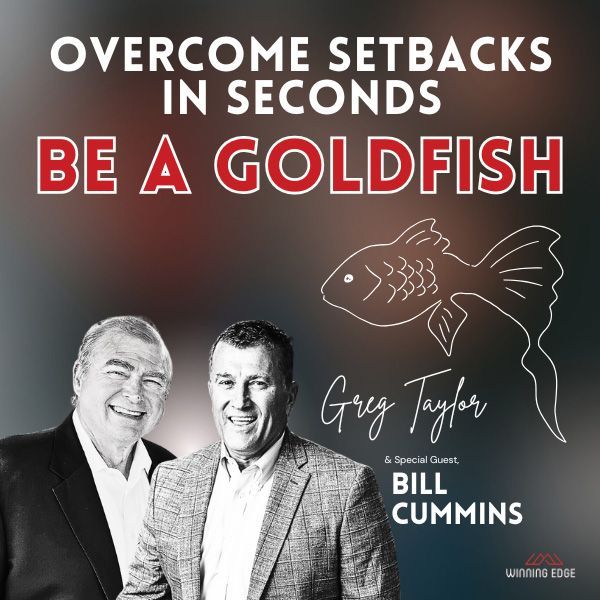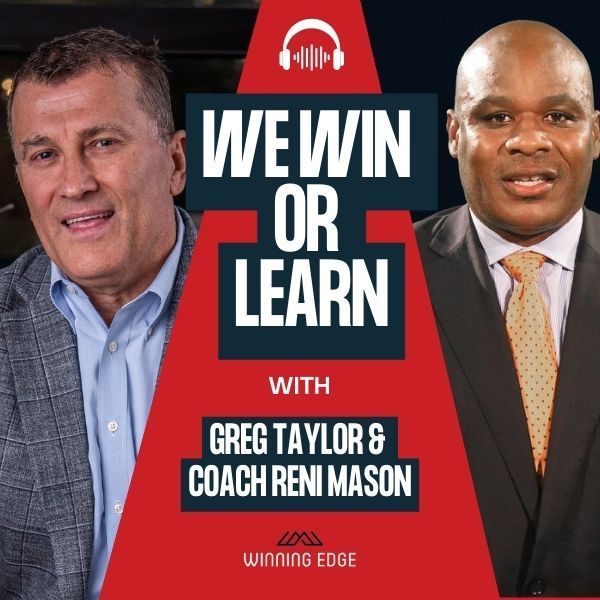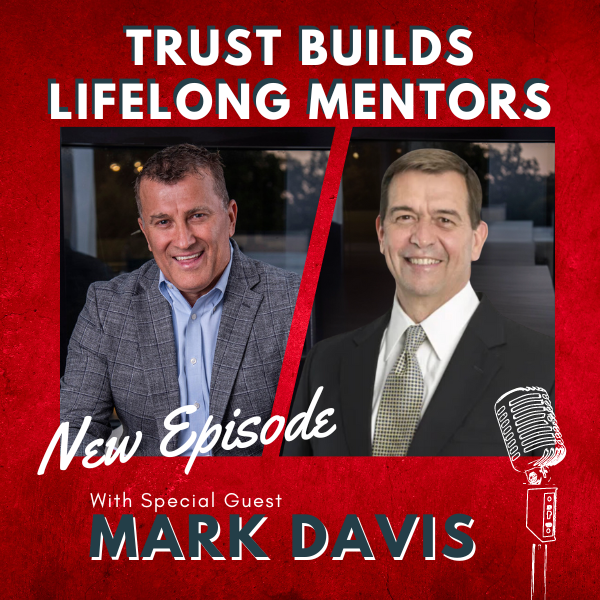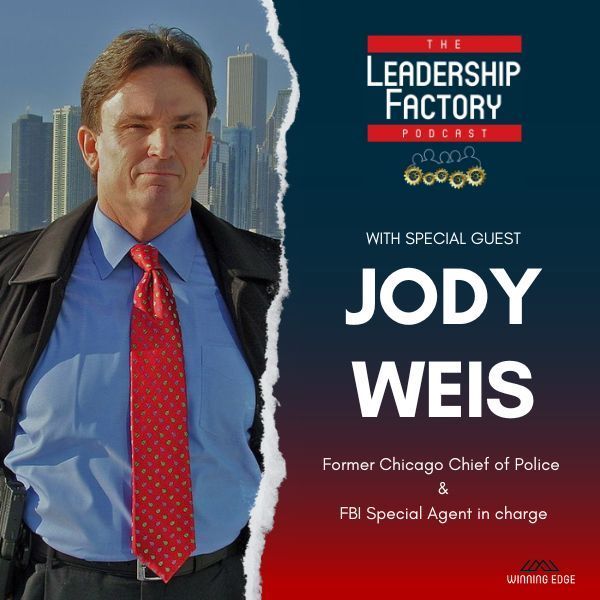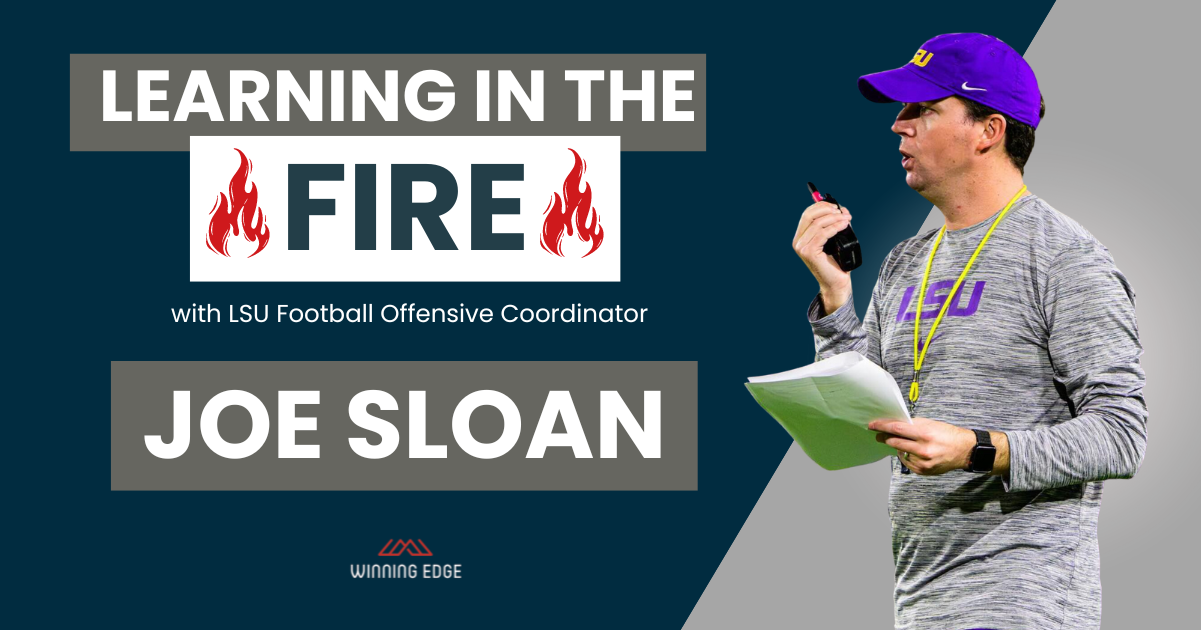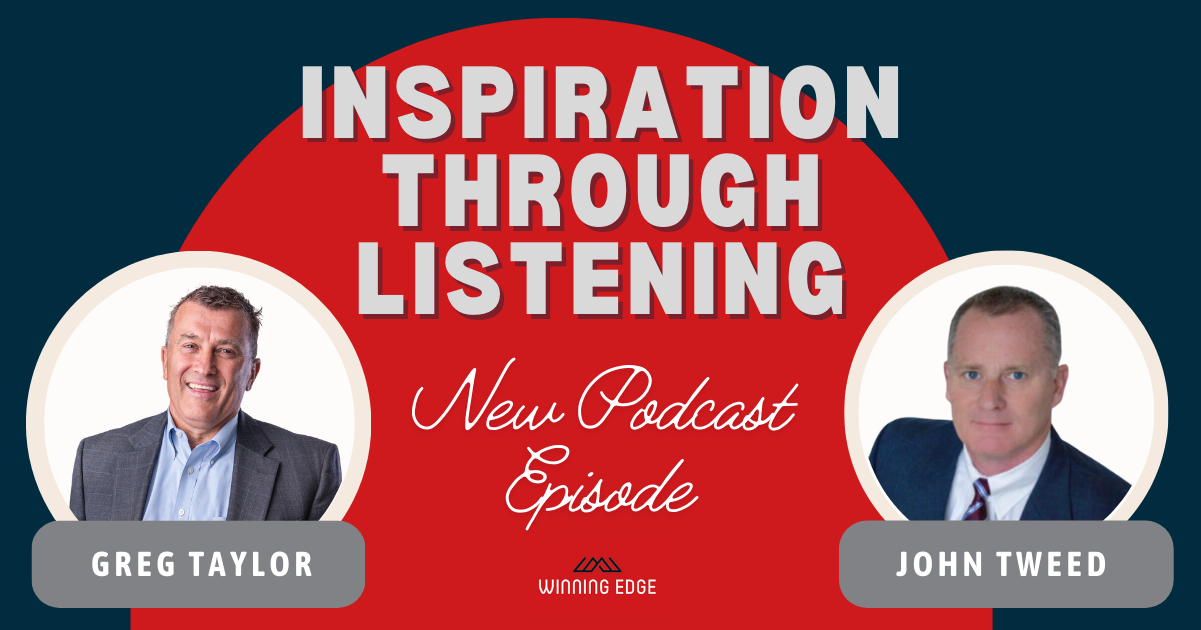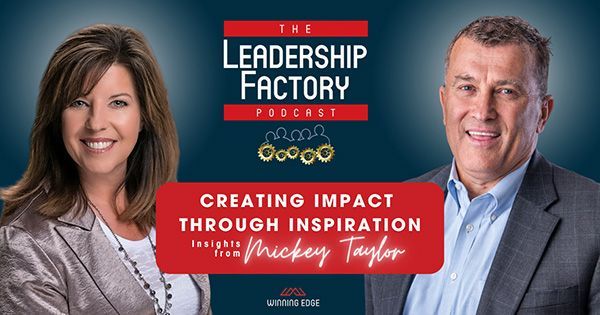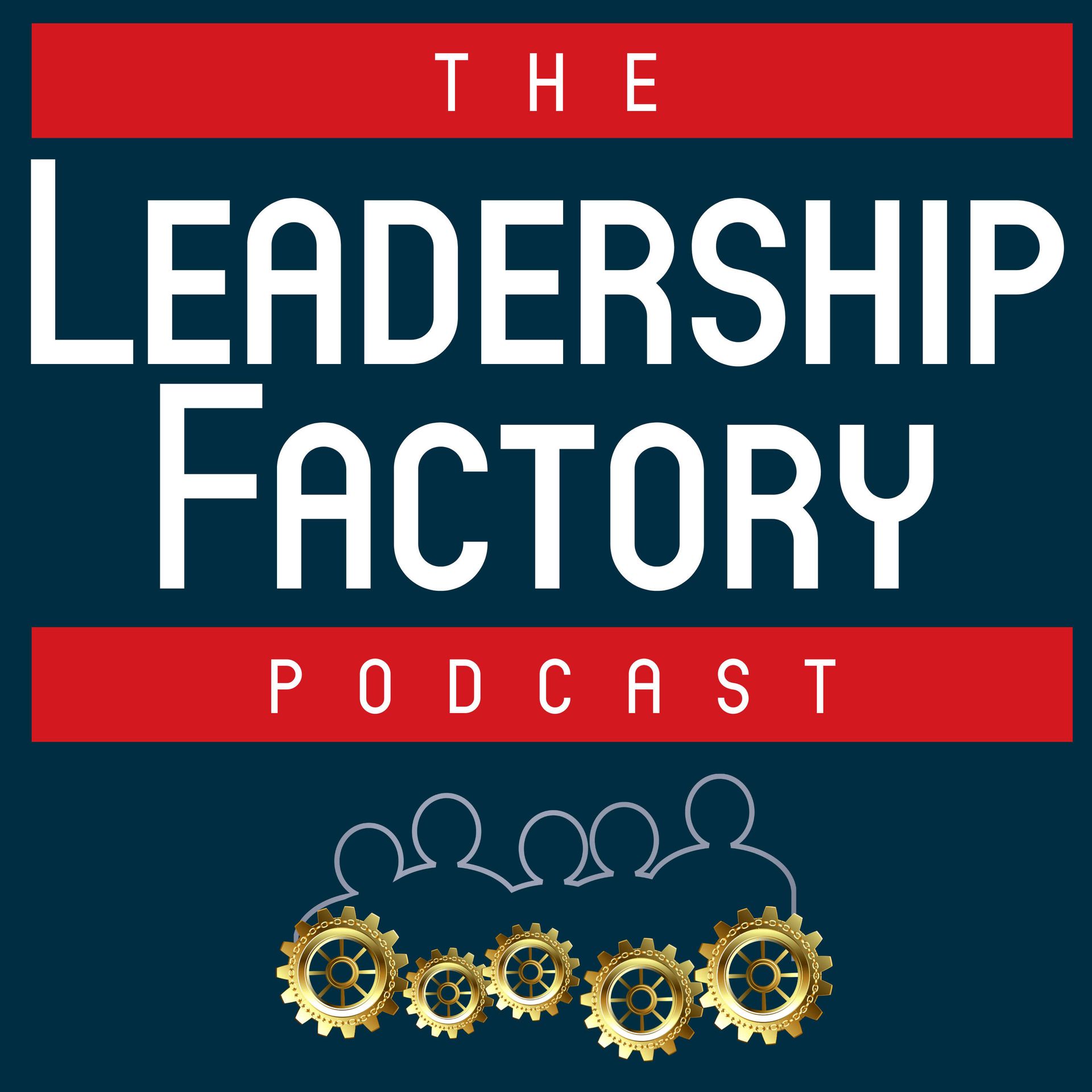Want to be a leader? Are you up to being a
situational leader?
The third of Winning Edge’s 10 leadership concepts in our Take Another Step System, an inspirational leadership workshop is: #3: Leadership is Situational
When I think about situational leadership, I often reflect on an episode from my days as a young leader. I was managing a warehouse, and I was excited about the changes that we were making to streamline our organization. I gathered my warehouse team and began complimenting them one by one with my voice, becoming increasingly louder and more energized. I was motivated by their success and I was making an effort to motivate them in turn. After I’d been speaking (yelling) for a bit, I noticed one of my best workers had slipped behind a rack, out of my sight. After I finished “encouraging” my team, I sought him out, and I found him in tears. It turned out that he had come from an abusive home and the abuse he endured would start with yelling and end in physical abuse. The trauma from those experiences persisted to that day. My intention was to motivate and encourage but I quickly realized the technique I was using hoping to motivate had the opposite effect on this good and decent man. I had to adapt.
Once I understood what shaped this teammate's perspective, I modulated my tone, I spoke to him in a way that he would accept and I showed him that I cared and understood his value. Had I not adapted to this complex leadership challenge, I would have lost this man.
As I think back on that story, I find that it encapsulates all three of the aspects of situational leadership that we are discussing today:
1. People
2. Circumstances
3. Culture
1) People
Do the things you say impact everyone the same way?
Everyone has different personalities, family experiences, education, experiences, and emotional responses. These different personalities, experiences, etc. directly inform how we view the world around us. When we engage with others from the perspective of their reality it is easier to use discernment to steer others toward the best personal and professional outcomes. We must develop a plan to balance everyone’s perception, so that the foundational floor of our organization remains solid. This means you must first develop a relationship/ build trust with those you are leading; see Rule #1.
2) Circumstances
How can we fully understand and surpass the circumstances of any situation?
In any situation there will be controllable and uncontrollable circumstances. An effective leader learns to look at all of these conditions with a hard-eyed appraisal to first determine which of the circumstances are which: controllable or uncontrollable. The next goal is to maximize the response to the controllable circumstances and minimize the effect of the uncontrollable. In doing so, leaders can navigate any situation and arrive at the best outcomes despite the difficulties or circumstances. With a focus on practicality, people will be encouraged to turn their fears into fuel to take another step.
3) Culture
Leaders must understand what their organization is and what they want it to be—its values, its ethics, its mission, its character. These are what comprise an organization’s culture. It’s important for leaders to understand that in order to keep a company strong and growing they must make decisions that align with their company’s culture. Decisions, no matter how small, that undermine the desired culture, can have a long lasting negative impact. When leaders take the time to properly consider their values and the values of their company, those around them will notice the care and concern, and will come together to take another step.
Leaders who take the time to understand the people they are leading, to determine what’s controllable and then use the culture of the company as a basis for decision making will be freed of biases and energized to find the best solution for the situation.
Purchase the
Find Your Winning Edge
eBook Today
Lessons and Stories About How To Find Your Winning Edge In Life And Business
